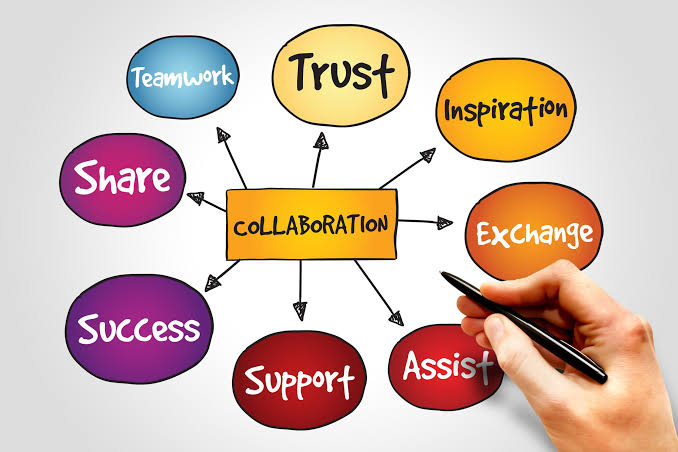Collaboration is the cornerstone of success in modern workplaces. When employees work together effectively, they can accomplish more, generate innovative ideas, and foster a positive work environment. However, optimizing collaboration tendencies in employees requires a thoughtful approach that involves creating a conducive workplace culture, implementing effective communication channels, and promoting teamwork. In this article, we will explore strategies to enhance collaboration tendencies in employees, leading to improved productivity and overall success.
Foster a Culture of Collaboration: Creating a collaborative work culture is essential for encouraging employees to collaborate naturally. The following approaches can help foster a collaborative environment:
a. Shared Goals: Establish clear and common goals that emphasize teamwork and shared achievements. Encourage employees to align their individual objectives with the broader organizational goals.
b. Encourage Open Communication: Promote open dialogue among team members and across departments. Establish regular channels for sharing ideas, feedback, and concerns to ensure everyone’s voice is heard.
c. Lead by Example: Leaders should model collaborative behavior by actively participating in team discussions, soliciting input from employees, and valuing diverse perspectives. When leaders demonstrate collaboration, it sets a positive tone for the entire organization.
Build Trust and Psychological Safety: Trust is the foundation of effective collaboration. Create an environment where employees feel psychologically safe to share ideas, take risks, and express their opinions without fear of judgment or reprisal.
a. Respect and Recognition: Encourage a culture of respect and appreciation for diverse skills and backgrounds. Recognize and celebrate individual and team achievements to boost morale and foster trust.
b. Encourage Constructive Feedback: Promote a feedback-oriented culture where feedback is seen as an opportunity for growth. Encourage employees to provide constructive criticism and suggestions for improvement.
c. Team-Building Activities: Organize team-building exercises and activities to enhance interpersonal relationships, build trust, and foster collaboration. These can range from social events to problem-solving challenges that require collective effort.
Provide Collaborative Tools and Technology: Leverage technology to facilitate collaboration and streamline communication within the workplace.
a. Project Management Tools: Implement project management platforms that allow teams to collaborate, assign tasks, track progress, and share files in real-time. These tools enhance transparency and accountability.
b. Virtual Collaboration Tools: If your workforce is distributed or remote, provide video conferencing, instant messaging, and virtual collaboration platforms to bridge the distance and enable seamless communication.
Encourage Cross-Functional Collaboration: Breaking down silos and encouraging cross-functional collaboration can lead to fresh perspectives, increased innovation, and enhanced problem-solving capabilities.
a. Cross-Departmental Projects: Assign employees from different departments to work together on projects, encouraging knowledge sharing and collaboration across teams.
b. Interdepartmental Training: Organize training sessions where employees from different departments can learn about each other’s roles and responsibilities. This increases understanding and facilitates collaboration between departments.
c. Shared Workspaces: Design physical or virtual spaces that promote spontaneous interactions and collaboration between employees from various teams or departments.
Recognize and Reward Collaboration: Recognize and reward individuals and teams that actively participate in collaboration efforts. This reinforces the importance of collaboration and motivates employees to continue working together effectively.
a. Incentive Programs: Implement incentive programs that encourage collaboration and reward collective achievements. This can include bonuses, recognition programs, or other incentives tied to team performance.
b. Public Acknowledgment: Celebrate collaborative successes by sharing them through internal newsletters, meetings, or company-wide communication channels. Highlight the contributions of individuals and teams involved.
Conclusion: By fostering a collaborative work culture, building trust, providing collaborative tools, encouraging cross-functional collaboration, and recognizing teamwork, organizations can optimize collaboration tendencies in employees. The benefits of enhanced collaboration include






মন্তব্য করুন